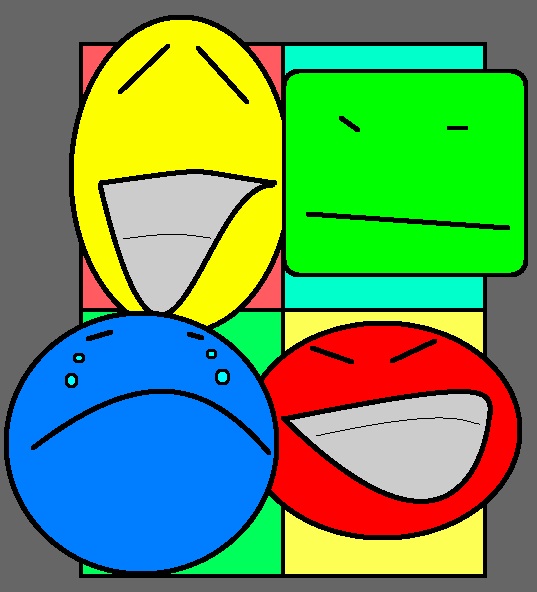Difference Between Mood and Emotion
Key Difference – Mood vs Emotion
Mood and emotion are two words that can often be very confusing although there is a key difference between these two words. First, let us define mood and emotion. A mood refers to an emotional state. On the contrary, emotion refers to a psychological state. Unlike a mood an emotion is usually a result of an external stimulus. One of the key differences between moods and emotions is that moods last for a longer period of time, unlike emotions that only last for a short period of time.
What is Mood?
According to psychologists, a mood can simply be understood as an emotional state. This emotional state can last for a short period of time or a longer period of time. Sometimes a person can be settled into a particular mood for several weeks. Moods have a direct impact on how we behave. For example, imagine if you were in a depressed mood, the way you react to things, interact with others, carry on your daily tasks would be completely different to that of a cheerful mood. This is why it is important to have a profound understanding of your mood as it can directly influence your perspective and behavior.
According to studies, there is a relationship between moods and personalities. A person who has a very optimistic personality tends to be in a happy mood most of the time. On the other hand, a person who is very pessimistic usually is in a depressed mood. Other than our personality there are many factors that affect our moods. Some of these factors are lack of sleep, medication, and lifestyle.
In abnormal psychology, psychologists point out various disorders that are connected to moods. They highlight that people who have difficult in regulating their moods can suffer from major depression, dysthymia, bipolar disorder and also postpartum depression.

What is Emotion?
Emotion refers to a psychological state. This should not be confused with a mood because unlike moods; emotions are usually caused by something. For example, for your birthday, you receive a beautiful gift from a friend. This makes you feel very happy. This is an emotion. It only lasts for a short period of time and is a reaction to an external stimulus.
In the year 1972, a psychologist named Paul Eckman identified six basic emotions that are universal. They are happiness, sadness, anger, surprise, fear and disgust. Later on, in 1999 other emotions such as satisfaction, pride, contempt, shame, embarrassment, amusement, and excitement were added to the list.
An emotion involves three main components. They are the subjective experience, a physiological response and a behavioral or expressive response. The subjective experience refers to how the individual experiences it. This focuses on how each emotion differs from one individual to another although it falls into a universal category such as happiness or sadness. Secondly, the physiological reaction refers to how the person feels it physiologically. This includes racing heartbeat, sweating, rapid breathing, etc. The final component of behavioral or expressive response focuses on how the individual actually expresses it.

What is the difference between Mood and Emotion?
Definitions of Mood and Emotion:
Mood: A mood refers to an emotional state.
Emotion: Emotion refers to a psychological state.
Characteristics of Mood and Emotion:
Duration of time:
Mood: A mood lasts for a longer period of time.
Emotion: An emotion lasts only for a short duration of time.
Intensity:
Mood: Moods are mild.
Emotion: Emotions are extremely intense.
Image Courtesy:
1. Moods By John Rudolph – Own work, [CC BY 3.0], via Wikimedia Commons
2. Emotions 3 By Toddatkins, [CC0], via Wikimedia Commons
ncG1vNJzZmivp6x7pbXFn5yrnZ6YsqOx07CcnqZemLyue8OinZ%2Bdopq7pLGMm5ytr5Wau265zqibZpmemXq3v4yepKismaS7cA%3D%3D